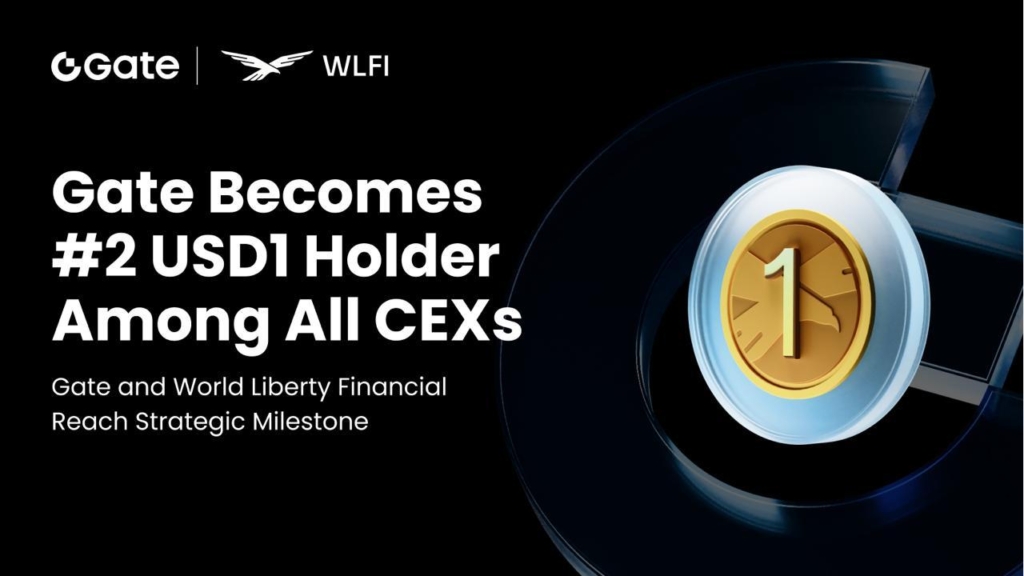Bitcoin miners have transferred more than $1 billion worth of bitcoin to cryptocurrency exchanges in the past two weeks, according to on-chain data analytics provider CryptoQuant.
These significant outflows coincide with BlackRock’s recent filing for a bitcoin exchange-traded fund (ETF) on June 15.
While the transfers indicate increased trading activities and potential hedging strategies, experts suggest that miners are utilizing their freshly minted coins as collateral in derivatives trading, rather than directly selling their holdings.
The timing of the significant currency outflows from miners aligns closely with the announcement of BlackRock’s bitcoin ETF filing.
On-chain data analytics provider CryptoQuant reported that approximately 33,860 BTC has been sent to derivatives exchanges during this period.
However, a majority of these funds have since returned to the miners’ wallets. This pattern suggests that miners might be utilizing their newly minted coins as collateral for derivatives trading activities.
CryptoQuant analyst Cauê Oliveira noted that these transfers could be indicative of hedging strategies employed by miners.
Hedging involves taking positions contrary to the prevailing market consensus to protect against potential price fluctuations. By engaging in such activities, miners aim to manage risk and potentially enhance their profitability.
In addition to the transfers, CryptoQuant’s analysis revealed an approximate 8,000 BTC reduction in miners’ reserves.
However, only a small portion of this reduction was sent to spot trading venues, indicating that miners are primarily involved in trading within the derivatives market rather than directly selling their holdings.
It is important to note that despite the substantial transfers totaling $1 billion, the impact on bitcoin’s market selling pressure is not expected to be significant.
As most of the transferred coins are not being sent to spot exchanges, experts suggest that miners are primarily engaged in trading activities within the derivatives market.
This approach allows them to leverage their holdings and potentially benefit from market movements while minimizing direct selling pressure on bitcoin’s price.



